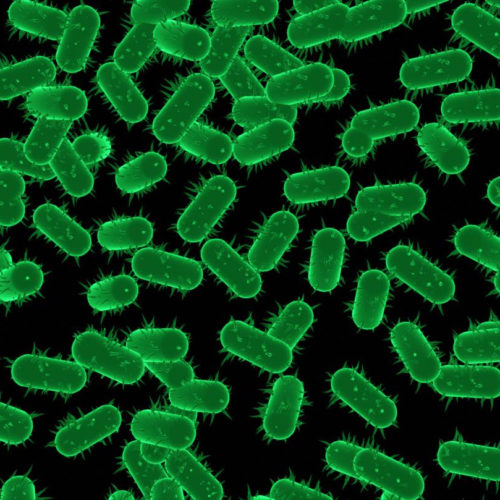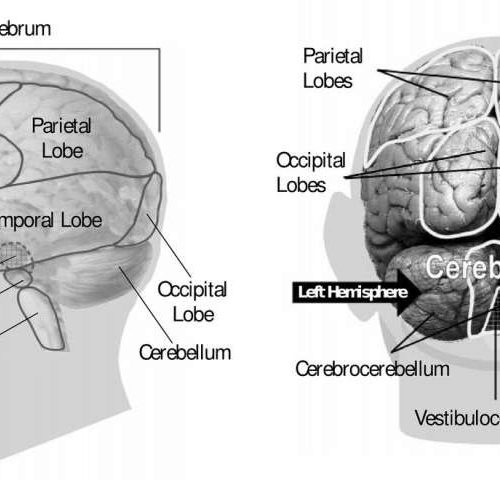by Jennifer Brown, University of Iowa The hormone FGF21 is made in the liver and acts in the brain to suppress sugar intake and the preference for sweet taste. The cartoon illustrates the role FGF21 plays in food choices.Understanding the biological mechanisms that control sugar intake and preference for sweet taste could have important implications...
Tag: <span>new drugs</span>
Exploiting a chink in the armor of bacteria could result in new drug therapies
Scientists have identified a key process in the way bacteria protect themselves from attack – and it heralds a new strategy in the hunt for antibiotics. The researchers from the University of Leeds have pieced together how bacteria build their outer, defensive wall – in essence, the cell’s armour plating. The research has focused on...
NEUROTRANSMITTER MAP MAY LEAD TO NEW DRUGS
ANDERS BUCH-LARSEN-COPENHAGEN A new map of a neurotransmitter may lead to better drugs for ADHD, depression, epilepsy, and more, researchers report. The discovery also adds to the researchers’ knowledge of neurotransmitters in the brain. The map is of a new conformation of LeuT, a bacterial protein that belongs to the same family of proteins as...
New drugs on the horizon for stroke and hydrocephalus
Every 40 seconds, someone in the United States is having a stroke. The disease is one of the leading causes of short-term disability and kills about 140,000 Americans a year. One of the most dangerous side effects of strokeis brain swelling, which can block blood from flowing into the brain and cause severe brain damage,...
Claws of health? Lobster blood could play role in new drugs
PORTLAND, Maine — Maine lobsters have long delighted tourists as the state’s most beloved seafood. But one company thinks the crustaceans can save human lives by providing their blood for use in new drugs. The effort, involving a longtime lobster scientist, wouldn’t be the first example of coastal invertebrates being used to aid human health....
- 1
- 2



